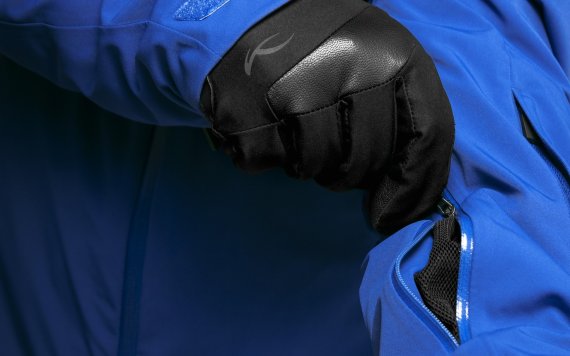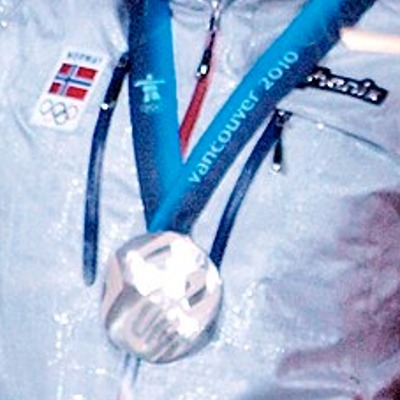Kjus Launches Patented AC Vent For Ski Jackets

The new ski jacket from Kjus supports the body's natural cooling system, it is the next winter innovation from the tech-focussed winter sports brand. The secret of the jacket is an innovative ventilation system.

Last year Kjus launched to high-level fanfare a wearable technology ski jacket, that enabled the elimination sweat at the touch of a button. Regarded as a game-changer in the industry, the smart app-connected jacket continues to lead the way in wearable technology of outer layers.
This season, there is an about turn from Kjus, whilst it continues on its wearable tech path it has gone back to its roots in engineering a vent, that they regard so special, they patented it. So, what is it about this vent? Vents have been traditionally used in the construction of a ski jacket. But the AC Vent is different, as it has been engineered in such a way as to be the first venting system that supports the body’s natural cooling system.
Extensively tested and scientifically approved in climate chambers and on the mountains in Switzerland, the Kjus AC Vent is the most efficient and effective method for alpine skiers to cool the body’s core. The system has been specifically developed to solve the issues that arise when skiers work up a sweat while wearing warm, waterproof clothing that traps moisture inside the clothing.
It does this by helping the skier avoid entering the “sweat mode” in the first place – something which can use up to 40-50% of the body’s energy and result in the dreaded “post-activity chill” when under garments become soaked in sweat
Strategically located on the lower arms of the jacket, near the pulse points of the wrists, the adjustable zippered venting system is optimally located, from a physiology perspective, to allow excess heat and moisture to escape and cool air to enter.
When activity levels heat up, skiers simply have to unzip the conveniently located vents on the sleeves to allow the body to balance its overall temperature and avoid entering the “sweat zone”.
The reason? The AC Vent technology taps into the body’s natural cooling system by enhancing convection - the body’s use of its circulatory system to warm and cool itself. By opening the vents at the wrists and lower forearms where blood vessels run nearest to the skin, the trapped heat can escape quickly and the outside air is able to cool the blood before it is taken from the extremities and circulated back to the body’s core.
The AC Vent not only overcomes thermal stress, which is how physiologists describe heat and perspiration trapped inside a jacket; but also avoids extreme speed cooling. Unlike traditional vents on the torso or under the arms, which can cool the core and the vital organs too quickly and too intensely, the AC Vent provides a steady, easily adjustable flow of cool air that cools the entire body effectively, efficiently and safely.
"Ultimately, the AC Vent is founded on the simple, physiological fact that cooling down the inner forearm has a dramatic effect on cooling the entire body. In the same way that in everyday life we naturally pull up our sleeves to cool ourselves down, the AC Vent allows the skier to quickly and easily expose the temperature sensitive inner forearm to the cool air,” said Ken Kurtzweg, Head of Innovation at Kjus.
The unique position of the vents also takes advantage of the frontal wind that comes into play whilst skiing, which, in combination with the wind chill factor, allows for evaporative cooling. Research in the lab showed that cooling the lower arms and wrists had a significant physiological cooling effect on the entire body especially the high sweat zone of the back.
“Keeping skiers warm is not our greatest challenge. Our greatest challenge is to keep them warm without overheating,” added Ken Kurtzweg.
“Every skier wants to spend less time adjusting apparel because it’s too hot, then too cold, then too hot again – and spend more time actually skiing. The invention of the AC Vent system supports this desire by putting skiers in control of their own micro-climate.”
The AC Vent is a win not just for comfort but also for performance. When a skier’s clothing is helping them to regulate their body climate, they can spend less energy on thermoregulation and more energy on skiing. Testers’ heart rates were typically 15 beats per minute lower in an AC Vent equipped jacket.













